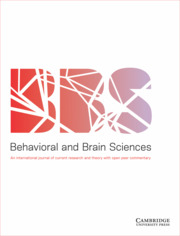No CrossRef data available.
Article contents
Structural and Cognitive Mechanisms of Group Cohesion in Primates
Published online by Cambridge University Press: 30 April 2024
Abstract
Group-living creates stresses that, all else equal, naturally lead to group fragmentation, and hence loss of the benefits that group-living provides. How species that live in large stable groups counteract these forces is not well understood. I use comparative data on grooming networks and cognitive abilities in primates to show that living in large, stable groups has involved a series of structural solutions designed to create chains of ‘friendship’ (friends-of-friends effects), increased investment in bonding behaviours (made possible by dietary adjustments) to ensure that coalitions work effectively, and neuronally expensive cognitive skills of the kind known to underpin social relationships in humans. The first ensures that individuals synchronise their activity cycles; the second allows the stresses created by group-living to be defused; and the third allows a large number of weak ties to be managed. Between them, these create a form of multilevel sociality based on strong versus weak ties similar to that found in human social networks. In primates, these strategies appear successively at quite specific group sizes, suggesting that they are solutions to ‘glass ceilings’ that would otherwise limit the range of group sizes that animals can live in (and hence the habitats they can occupy). This sequence maps closely onto the grades now known to underpin the Social Brain Hypothesis and the fractal pattern that is known to optimise information flow round networks.
- Type
- Target Article
- Information
- Copyright
- Copyright © The Author(s), 2024. Published by Cambridge University Press




